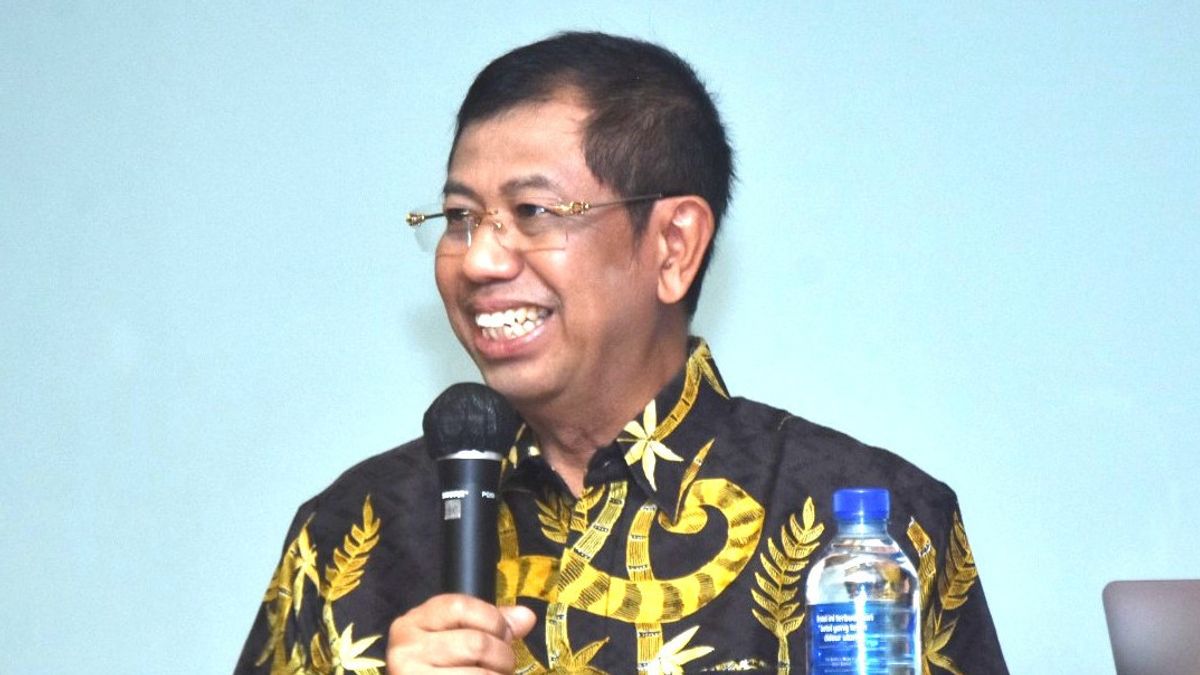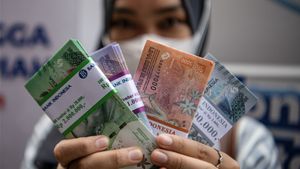JAKARTA - The Ministry of Industry (Kemenperin) is targeting 26,050 people to participate in vocational training for the 3 in 1 system industry to continue to build competent human resources (HR) in an effort to support increased productivity and competitiveness in the industrial sector.
The industrial vocational training based on system 3 in 1 competencies includes training, competency certification, and placement.
Head of the Industrial Human Resources Development Agency (BPSDMI) of the Ministry of Industry Masrokhan said, in addition to meeting industrial needs, this 3 in 1 system competency-based industrial vocational training is a tangible manifestation of the G-to-G collaboration between the central government and local governments, as well as those in the B-to-G nature or between industry and the government.
"This is because industrial development requires synergy and an active role between the government, both central and regional, industrial partners and associations, and the community in general," he said in a written statement, Friday, May 26.
In 2023, participants of the 3 in 1 system vocational industry training for potential regional development programs are targeted to reach 26,050 people, whose implementation is spread throughout BDI, namely at BDI Medan (3,250 people), BDI Padang (3,000 people), BDI Jakarta (4,500 people), BDI Yogyakarta (4,500 people), BDI Surabaya (4,650 people), BDI Denpasar (2,000 people), and BDI Makassar (4,150 people).
"For this reason, we urge all BDIs to immediately realize the targets that have been set by each other. It is also hoped that the realization of physical achievements and budgets from each BDI can be realized significantly, so as to be able to support the maximum target of BPSDMI achievements as a whole," said Masrokhan.
Masrokhan added that the manufacturing industry is one of the sectors that is the main driving force in encouraging national economic growth.
"Not only as the largest contributor to GDP, industries that are classified as labor-intensive also have a big role in overcoming the problem of unemployment as well as the backbone of national economic resilience," he said.
The Ministry of Industry noted that in the first quarter of 2023, the contribution of the manufacturing industry to the national GDP reached 16.77 percent or an increase compared to the fourth quarter of 2022 which was 16.39 percent. Meanwhile, the growth performance of the non-oil and gas processing industry in the first quarter of 2023 reached 4.67 percent (yoy).
SEE ALSO:
In addition to implementing a 3 in 1 system competency-based industrial vocational training program, Masrokhan said, his party also consistently implements educational and training patterns that aim to provide basic skills (skilling), skills improvement (up-skilling) or skill updating (re-skilling) for workers based on the current needs of the industrial world.
Moreover, currently entering the second phase (period 2020-2024) in the National Industrial Development Master Plan (RIPIN), which is focused on achieving competitive and environmental advantages through strengthening industrial structure and mastery of technology, and supported by quality human resources.
"The dynamics of changes that are going very fast, require BPSDMI to continue to learn and adapt more quickly, by integrating all resources, business processes and parties involved in organizing the organization," he concluded.
The English, Chinese, Japanese, Arabic, and French versions are automatically generated by the AI. So there may still be inaccuracies in translating, please always see Indonesian as our main language. (system supported by DigitalSiber.id)
















